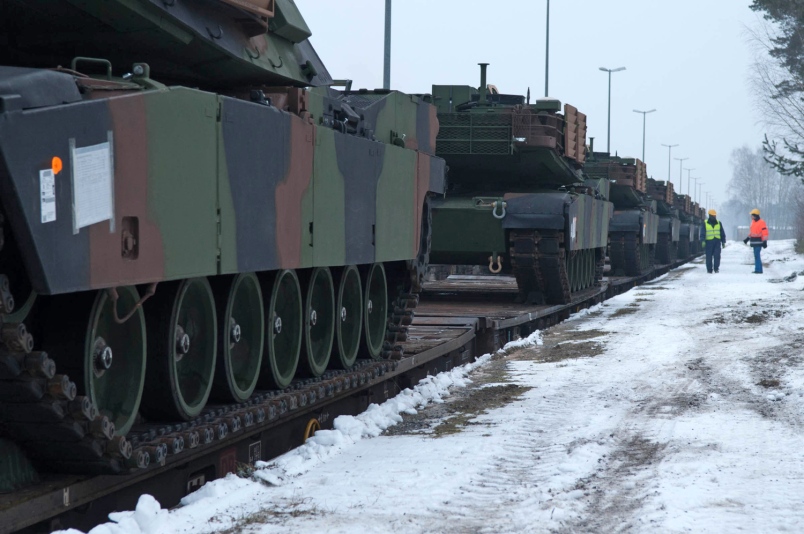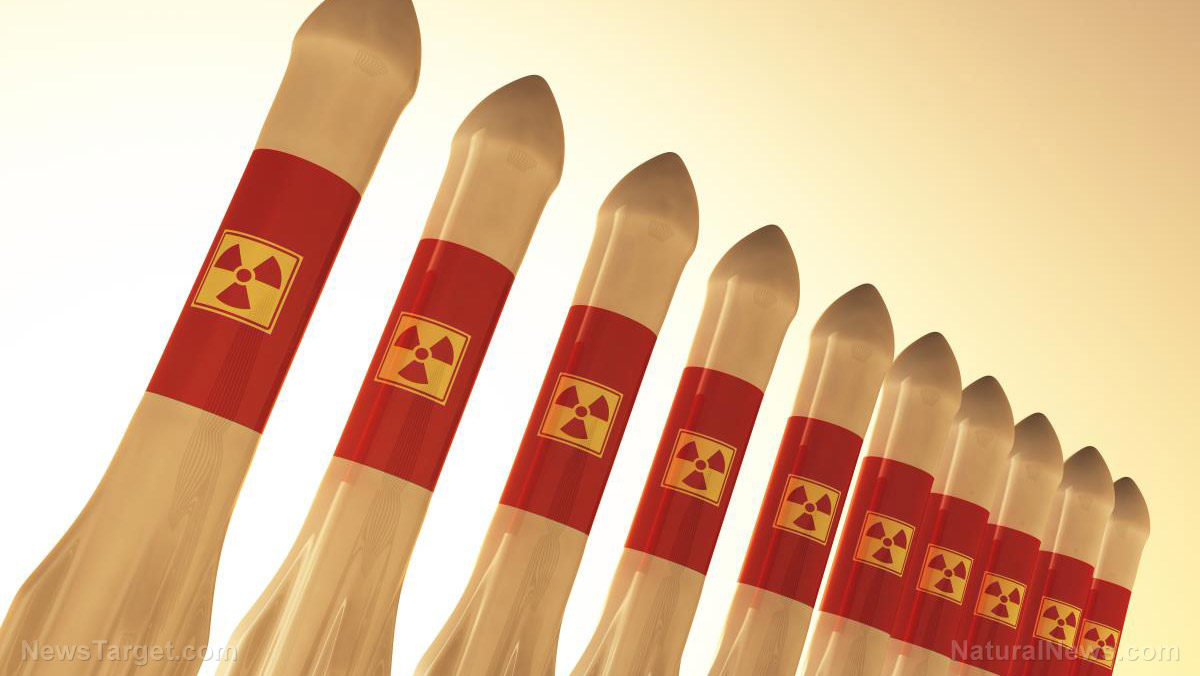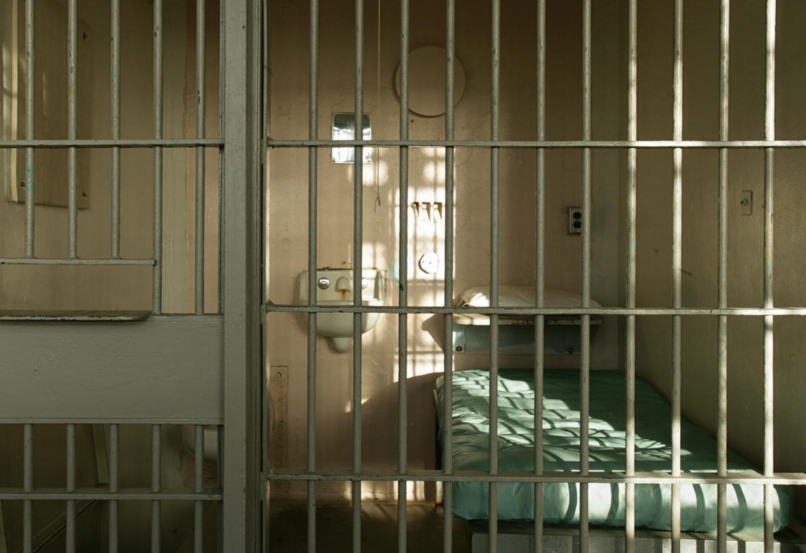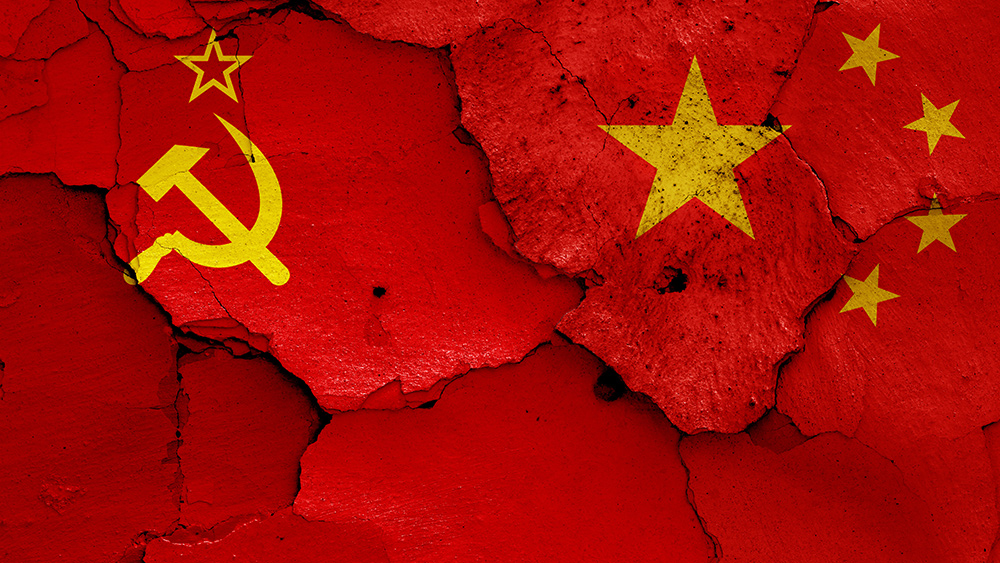USGS issues Code Red warning following volcanic activity at Mauna Loa
12/01/2022 / By Olivia Cook
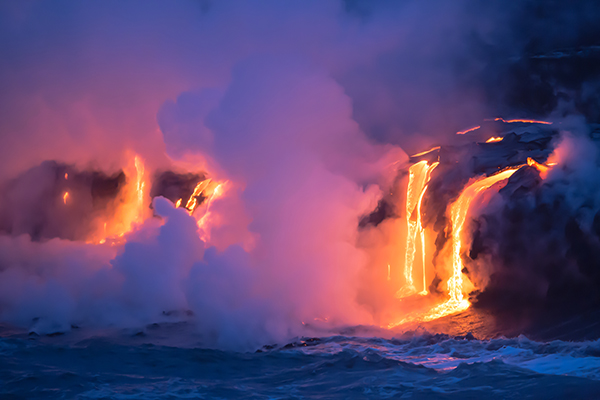
The U.S. Geological Survey (USGS) issued a Code Red warning after the Mauna Loa volcano in Hawaii showed signs of activity.
According to the bureau, it increased the volcano alert level from “advisory” to “warning” after it erupted on Nov. 28.
“At this time, lava flows are contained within the summit area and are not threatening downslope communities,” the USGS said in a statement. It warned that winds may carry volcanic gas, fine ash and Pele’s hair – lava which has cooled into thin, sharp and glass-like strands – downwind. The USGS also advised residents to “review preparedness and refer to Hawaii County Civil Defense Agency (HCDA) information for further guidance.”
A separate press release from the office of Gov. David Ige echoed the USGS observation, pointing out that the lava was confined to the immediate surroundings of the mountain’s summit and had not begun flowing outside. He added that the lava flow no immediate threat to communities, homes and structures downslope from the caldera.
Mauna Loa has erupted 33 times since 1843.
In 1881, the lava almost reached Hilo, the capital of the Hawaii island – also known as the Big Island. A fast-moving lava flow that stood 50 feet high wiped out the fishing village of Ho-opuloa in 1926. Twenty-four years later in 1950, residents at the Pahoehoe beach area literally ran for their lives as lava covered their homes. (Related: Think you can survive a volcanic eruption? Here’s what to expect.)
Prior to the recent activity, Mauna Loa last erupted in 1984. That eruption saw lava flow down its eastern flank, which stopped 4.5 miles short of Hilo.
Nevertheless, the USGS warned residents of the Big Island that the volcano’s eruption “can be very dynamic and the location and advance of lava flows can change rapidly.”
Aloha State preparing for impact of Mauna Loa eruption
Ken Hon, chief scientist at the USGS’ Hawaiian Volcano Observatory (HVO), said Mauna Loa “continues to be in a state of heightened unrest.” He noted, however, that the “current increase in activity does not suggest that a progression to an eruption is certain.”
HVO research geologist Frank Trusdell meanwhile said eruption rates on Mauna Loa are “scary” compared to Kilauea at the Big Island’s southeast. During its 1950 eruption that lasted for 23 days, Mauna Loa released 1,000 cubic meters of lava per second.
“We’re talking about impacts to tourism, economy, distribution of goods, people going to work and children going to school. It may not even have to consume one house. All it has to do is hit the road,” he said.
HCDA Administrator Talmage Magno seconded Hom’s remarks, saying: “Under current conditions, an eruption from Mauna Loa is not imminent.” He also noted that the Big Island’s population has more than doubled since the last eruption. “Almost two generations have grown up without knowing much about Mauna Loa’s beauty and danger,” Magno remarked.
Magno reiterated that his agency has been talking to residents for some time now as communities closest to volcanic vents likely wouldn’t have enough time to learn how to respond and prepare for any worst-case scenario. He added that the HCDA had been reminding people to register for country emergency alert messages.
“It’s hard to predict which areas might be affected if lava were to break out of the summit area,” said the agency head.
Nevertheless, he assured that Hawaii County would provide specific information about any necessary safety or evacuation measures, including details about routes and shelters.
Disaster.news has more stories about volcanic eruptions.
Watch this video about Mauna Loa’s recent eruption.
This video is from the Alex Hammer channel on Brighteon.com.
More related stories:
Tonga volcano eruption produced mysterious, puzzling concentric ripples in the atmosphere.
Costa Rica volcano registers its most powerful eruption since the 1990s.
Philippines warns of Taal volcano eruption, calls on people to evacuate.
Sources include:
Submit a correction >>
Tagged Under:
big government, Big Island, code red, David Ige, disasters, Hawaii, Hawaii County Civil Defense Agency, Hawaii island, lava flows, Mauna Loa, natural disaster, preparedness, survival, US Geological Survey, volcanic activity, volcanic eruption, warning
This article may contain statements that reflect the opinion of the author
RECENT NEWS & ARTICLES
COPYRIGHT © 2017 BIG GOVERNMENT NEWS







